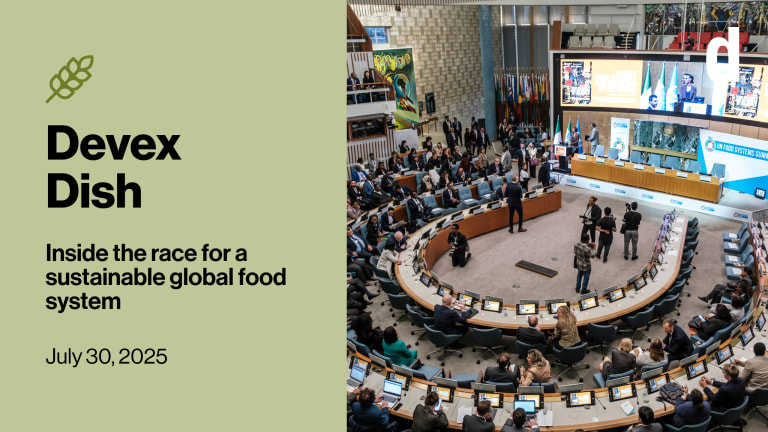At $1 trillion, it’s an opportunity cost so large that it nearly equals the entire gross domestic product of sub-Saharan Africa. By most official statistics that’s the value of food that gets lost or wasted every year in the production process — roughly 30 percent of the amount that gets harvested.
Post-harvest loss and its consequences for development is a widely recognized challenge, particularly with the headwinds of rising populations, food security and extreme poverty shaping much of the 2030 development agenda. Efficiencies of all sorts are needed in agriculture value chains to boost food production and maximize the inputs for growing food, not least of which is eliminating or drastically reducing the amount that goes to waste. Every 1 percent reduction in post-harvest losses leads to $40 million in output gains, with farmers as key beneficiaries, according to the World Bank.
There are many sorts of innovations from a wide range of companies and donor organizations, but among the various interventions and investments to reduce post-harvest losses, what more can be done?


